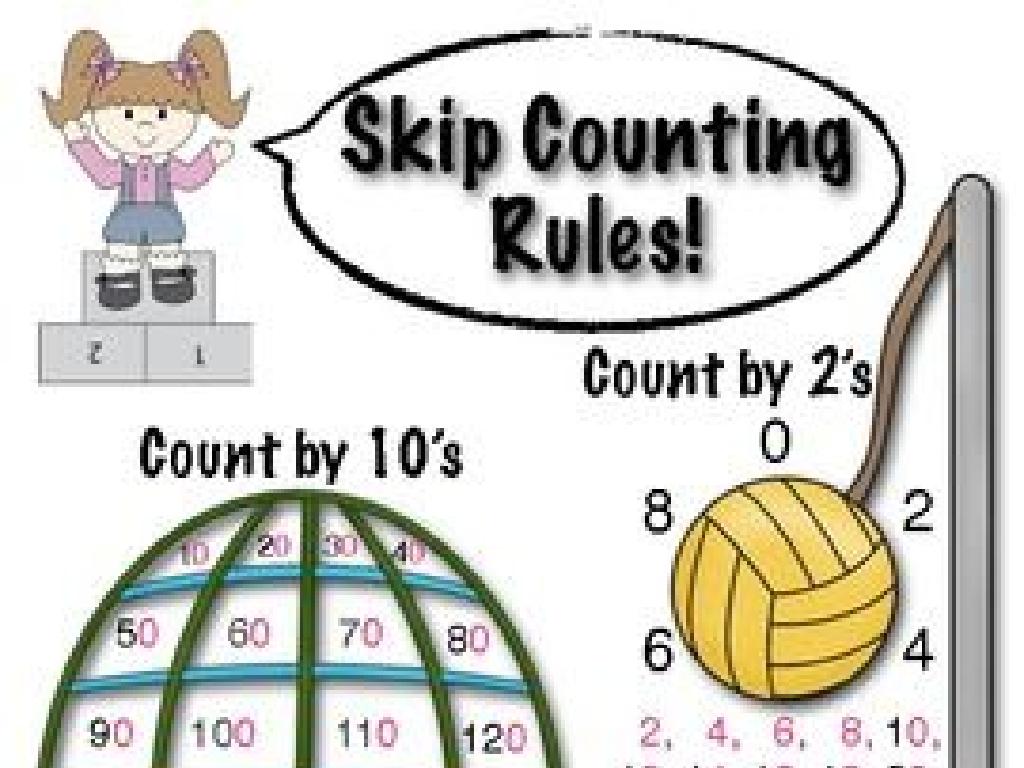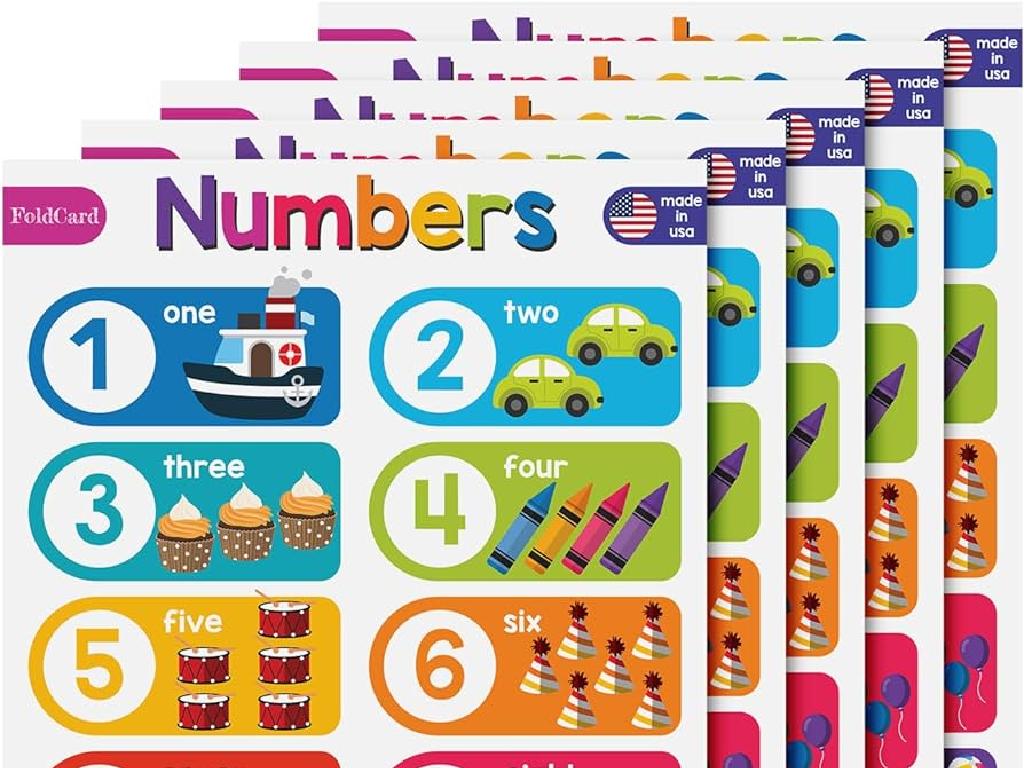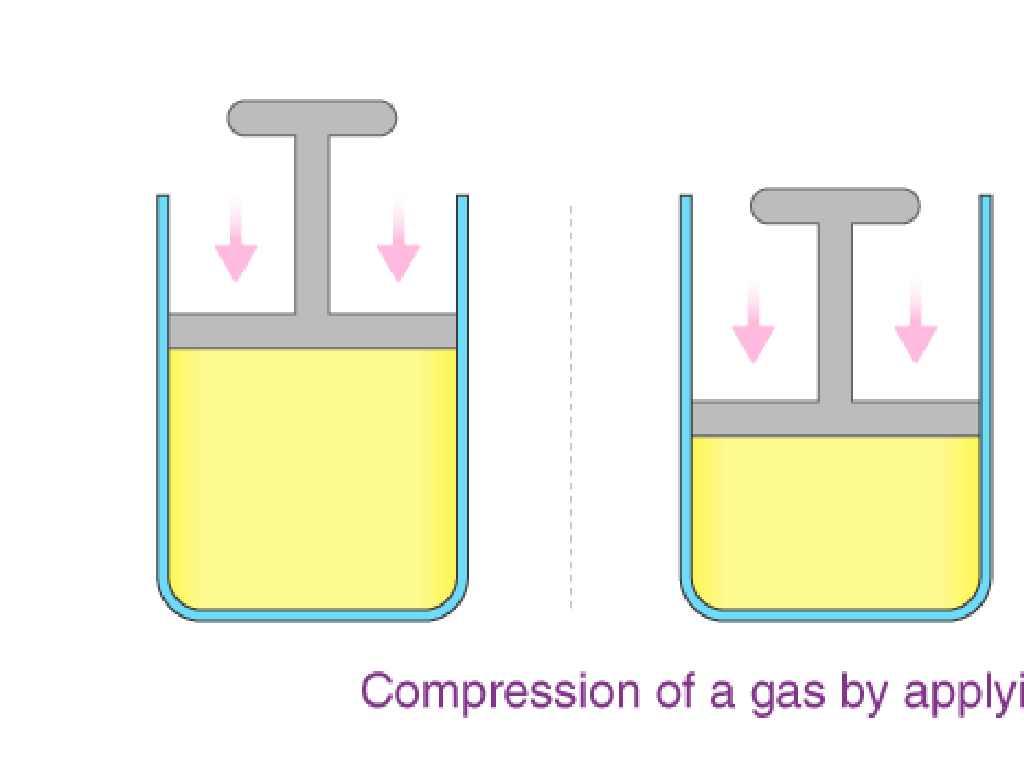Quantities That Combine To Zero: Word Problems
Subject: Math
Grade: Seventh grade
Topic: Integers
Please LOG IN to download the presentation. Access is available to registered users only.
View More Content
Quantities that Combine to Zero
– Understanding integers in math
– Integers are positive and negative whole numbers, including zero.
– Exploring zero-sum quantities
– Zero-sum: when positive and negative values sum to zero.
– Real-world integer applications
– Examples: temperature changes, financial transactions.
– Class activity: zero-sum scenarios
– Solve real-life problems where total change is zero.
|
This slide introduces the concept of integers and their role in representing quantities in various scenarios, emphasizing situations where the sum is zero. Integers include both positive and negative numbers, and understanding them is crucial for solving real-world problems. Zero-sum situations are common in everyday life, such as in financial transactions where gains and losses can cancel each other out. Provide examples like bank account deposits and withdrawals, or temperature rises and drops. The class activity will involve students working through word problems that require combining integers to reach a sum of zero, reinforcing their understanding of the concept through practical application.
Exploring Integers and Their Properties
– Integers: Definition
– Integers include whole numbers, their opposites, and zero.
– Positive vs. Negative Numbers
– Positive numbers are above zero, negatives are below.
– Zero: The Neutral Integer
– Zero is neither positive nor negative; it’s neutral.
– Integers in Word Problems
– Use integers to solve real-life situations.
|
This slide introduces the concept of integers, which are the set of whole numbers, their opposites, and zero. It’s crucial for students to understand that integers can be positive (above zero), negative (below zero), or zero itself, which is neutral and the additive identity. Emphasize that zero is the balance point on the number line. When we combine a number and its opposite, we get zero, which is an important concept for solving word problems involving debts, temperature changes, or elevations. Encourage students to think of scenarios where they use integers in daily life and how combining them can result in zero. This will set the foundation for solving more complex word problems involving integers.
Combining Integers: Adding & Subtracting
– Rules for adding integers
– To add integers with same signs, keep the sign and add the absolute values.
– Rules for subtracting integers
– To subtract, change to addition and switch the sign of the second integer.
– Combining positive & negative numbers
– Example: -3 + 7 = 4 and 5 – 9 = -4
– Practice with real-world problems
– Apply rules to situations like temperature changes or bank transactions.
|
This slide introduces the fundamental rules for combining integers, a key concept in understanding arithmetic operations with positive and negative numbers. Emphasize the importance of the sign of the numbers and the different rules that apply when adding or subtracting integers. Provide clear examples to illustrate the rules, such as combining losses and gains in finances or temperature rises and drops. Encourage students to think of other examples from daily life where they might need to combine integers. The practice problems should be relatable and help solidify the concepts.
Quantities that Combine to Zero: Zero Pairs
– Understanding Zero Pairs
– Zero pairs occur when two numbers sum to zero, like +5 and -5.
– Balancing Different Quantities
– When adding, different numbers can cancel each other out to make zero.
– Everyday Zero Pair Examples
– Temperature: Above and below freezing. Elevation: Above and below sea level.
– Applying Zero Pair Concept
– Use zero pairs to solve equations: x + (-x) = 0.
|
This slide introduces the concept of zero pairs and how they apply to real-world situations. Zero pairs are a fundamental concept in understanding integers and their operations. They occur when two integers sum to zero, effectively canceling each other out. This is an important concept for students to grasp as it applies to various scenarios, such as temperature changes and elevation levels. Encourage students to think of other examples where quantities combine to zero. The slide also sets the stage for applying this concept to solve algebraic equations, reinforcing the idea that understanding zero pairs is not just theoretical but also practical in solving math problems.
Combining Quantities to Zero: Word Problems
– Read the problem carefully
– Understand the scenario and what is being asked.
– Identify all quantities involved
– Look for positive and negative numbers that could cancel each other out.
– Solve the problem step by step
– Use addition and subtraction of integers to find the solution.
– Review with example problems
– Example: A submarine is at -450ft and surfaces 450ft. Where is it now?
|
This slide is aimed at helping students tackle word problems involving integers that combine to zero. Start by guiding them to read the problem thoroughly to grasp the context and the question. Next, have them identify all the quantities mentioned, paying special attention to whether they are positive or negative. Then, demonstrate solving the problem step by step, showing how to combine these quantities to reach zero. Use clear examples, such as elevation changes or financial transactions, to illustrate the concept. Encourage students to practice with similar problems and to explain their thought process as they solve each step.
Class Activity: Zero Pair Challenge
– Form groups for problem-solving
– Solve the zero pair problems
– Use integers to find pairs that sum to zero
– Create your own zero pair problems
– Think creatively, use real-life scenarios
– Share solutions with the class
– Discuss different approaches and answers
|
This activity is designed to encourage collaborative learning and creative thinking. Students will form small groups to tackle a set of word problems that involve finding pairs of integers that sum to zero. After solving the provided problems, each group will create their own word problems, which will then be shared with the class for further discussion. This will help students understand the concept of zero pairs in a practical context. For the teacher: Prepare a diverse set of problems with varying difficulty levels. Encourage students to use real-life scenarios for their own problems. During the sharing session, highlight different problem-solving strategies used by the groups. Possible activities could include: finding zero pairs in temperature changes, financial transactions, or elevation gains and losses.
Wrapping Up: Integers and Zero Sums
– Review of combining integers
– Summarize how integers combine to zero
– Mastery of integers is crucial
– Understanding integers is foundational for algebra
– Preview: Multiplying & Dividing Integers
– Next lesson will explore multiplication and division with integers
– Practice makes perfect
|
As we conclude today’s lesson on integers, it’s important to recap the key concepts of combining integers to reach a sum of zero, often encountered in word problems. Mastery of integers is essential as it forms the basis for more complex mathematical concepts, including algebra. Looking ahead, our next lesson will delve into multiplying and dividing integers, building on the understanding of addition and subtraction covered today. Encourage students to practice with additional problems to reinforce their learning and prepare for the upcoming lesson. Remember, consistent practice is key to mastering mathematical concepts.






